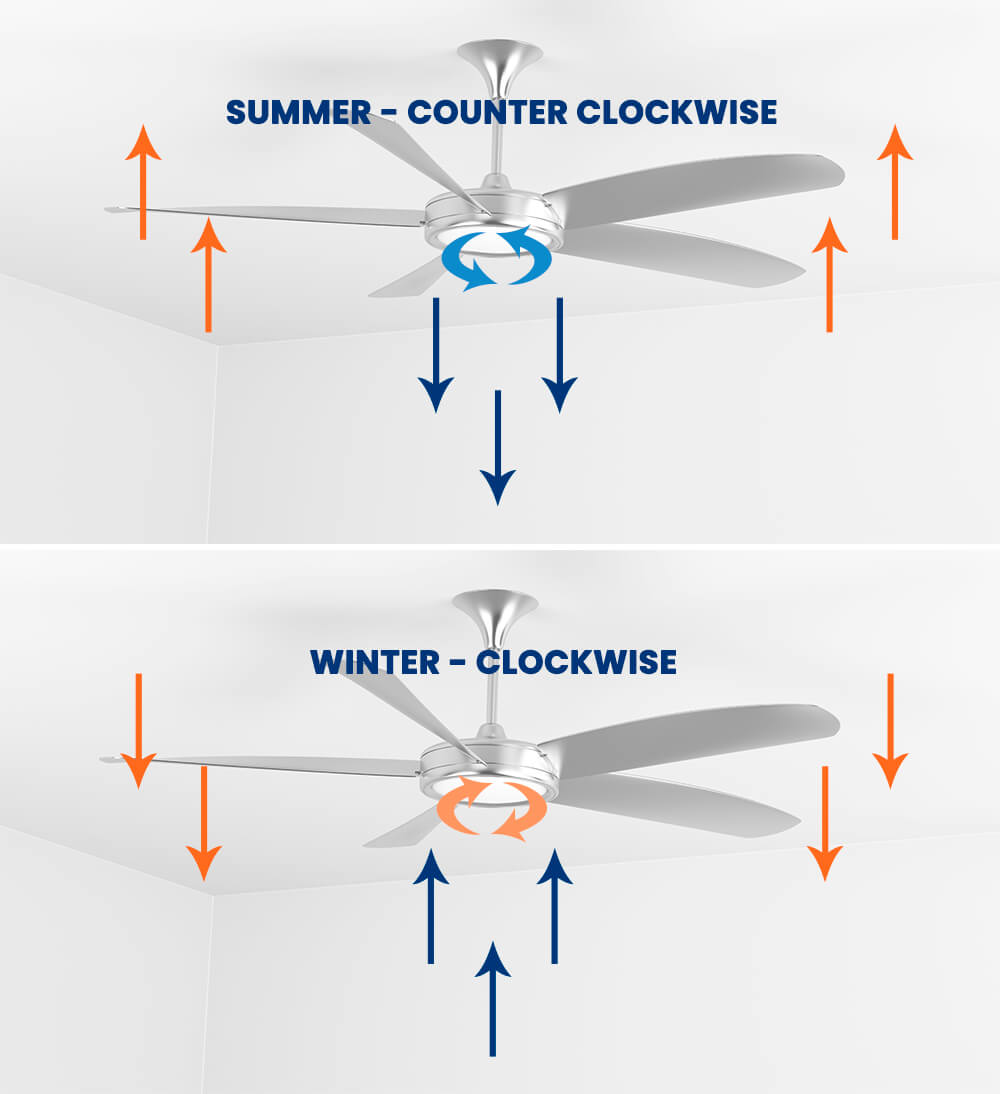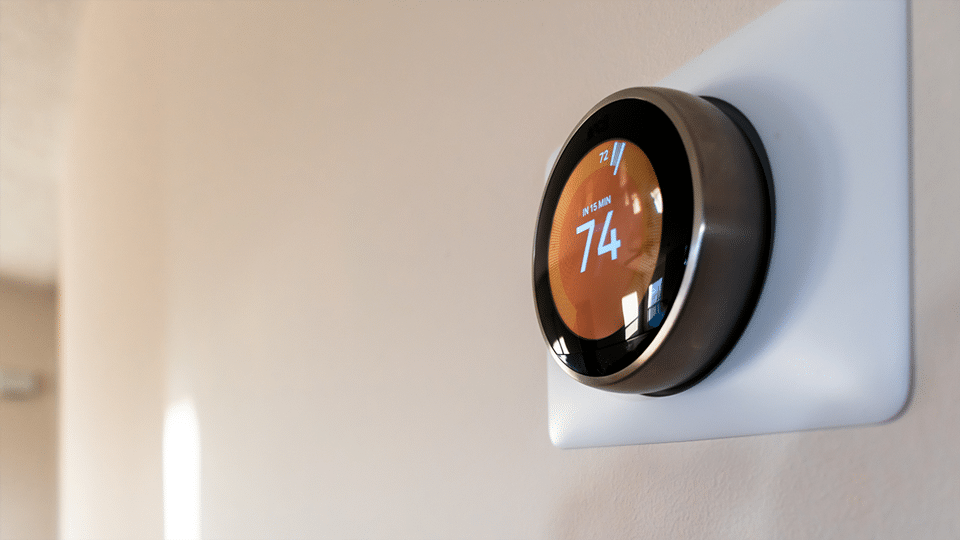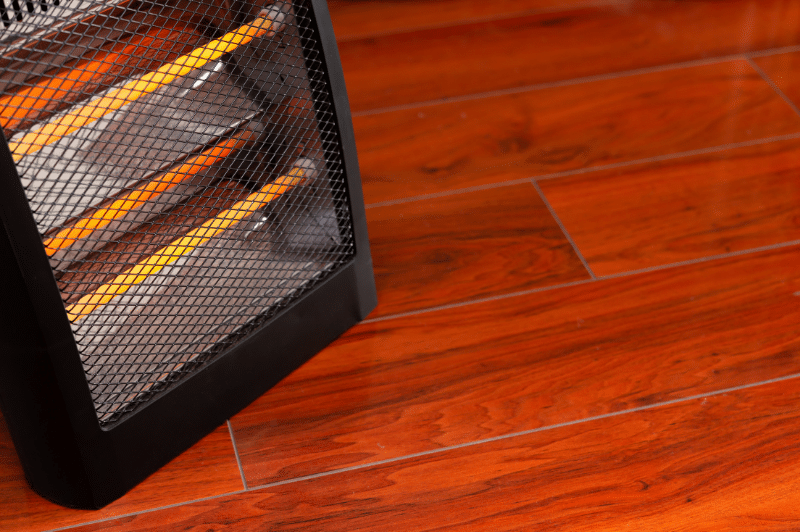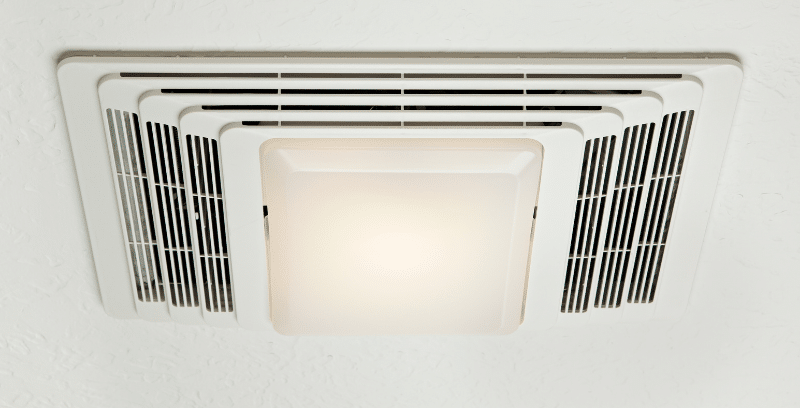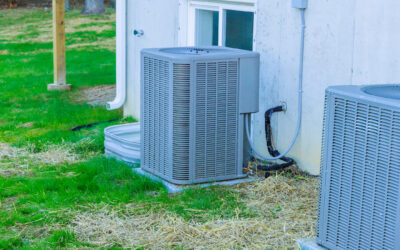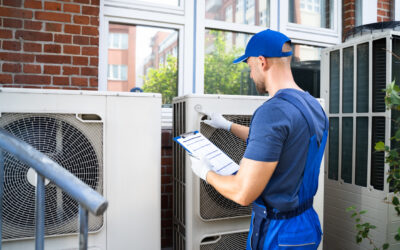During the winter months when outside temperatures plummet, it’s crucial to know how to conserve heat energy at home and optimize your heating system’s performance to keep your house warm and comfortable. Here are nine valuable tips to reduce heating costs while effectively heating your home this winter.
1. Keep Heating Units Well Maintained and Clean
A big waste of energy is a heating system working harder than it should. Keeping your system on an annual maintenance plan can ensure that your system is running at its peak.
Whether you purchased your HVAC system from Smith & Keene or not, you can participate in our signature service plan. As a Smith & Keene signature service plan member, you will receive such benefits as an annual home maintenance inspection as well as a discount on repair services. If you have a furnace, replace your furnace filter monthly or as recommended. If you have an aged heating unit that is in need of severe repairs, replacing your HVAC system with a newer more efficient heating model may be worth a reduction in heating and repair costs to you in the end.
2. Keep Cold Air Outside and Warm Air Inside
Check for areas in your home where drafts are allowing cold air in and warm air to escape. Check windows and doorways for drafts. You may be able to add simple insulation in the form of weather stripping to reduce the loss of warm air and better insulate your home. If your home is an older home, a further investigation on your home’s insulation status may prompt you to consider better insulation in areas such as attics or ceilings.
3. Use the Sun for Free Heat
Open curtains on south-facing windows on sunny days. Streams of sunlight will gently warm those areas. Close window treatments when the sun goes down and on overcast days.
4. Keep Cozy with Layers
Before tweaking the thermostat, add a layer. Keep toes toasty with warm socks or slippers. Set throw blankets near the couch and use area rugs to insulate floors.
5. Use Ceiling Fans in the Winter
Effective air circulation plays a pivotal role in maintaining an energy-efficient home, helping you conserve heat and lower heating costs in winter while keeping your living space comfortable. Ceiling fans are valuable assets in achieving this goal.
During the summertime, ceiling fans are most efficient when their blades rotate in a counterclockwise or forward direction. This motion creates a breeze that pushes warm air upwards and encourages cooler air to circulate downward, providing a refreshing cooling effect. To switch your ceiling fan’s rotation, simply use the fan’s directional switch, typically located near the motor.
As winter approaches, optimizing your ceiling fan for the season is essential. For colder months, adjust your fan’s blades to rotate clockwise (or in reverse). This clockwise direction helps draw room air upwards, guiding warm air towards the ceiling and then gently forcing it down and towards the walls. To enhance heat conservation during winter, keep your ceiling fans running at a low setting with the blades rotating clockwise in occupied rooms. This strategic approach ensures efficient air circulation, keeping your home warm and cozy while also contributing to lower heating costs in winter.
6. Refrain from Heating Unused Spaces To Conserve Heat
If you have rooms in your home that are unused, don’t waste heating energy and money by heating them. Consider reducing heat sent to guest rooms, laundry rooms, or storage areas. Close and seal off vents in those rooms, close doors, and conduct the flow of warm air to rooms that you use more regularly.
7. Turn the Temperature Setting Down at Night
Whether you are using a programmable thermostat or a manual one, reducing the temperature setting at night in the winter can save you money. Your heating system works hardest when the temperature difference between your home’s thermostat setting and the outside temperature is at the greatest difference.
At night, when outside temperatures drop, sustaining the same daily temperature in your home causes your heating system to work harder and increase your heating costs. Instead, lower your thermostat setting by 7-10 degrees while you sleep. Your body slows down and body temperatures drop a couple of degrees while sleeping. You can always add blankets to your bedding or swap cooler sheets for warmer flannel options.
Energy.gov claims that you can save as much as 10% a year on heating and cooling costs by lowering your thermostat settings between 7-10 degrees for at least eight hours a day from your normal setting in the winter and 7-10 degrees higher than normal for the same 8 daily hours in the summer. Also, consider lowering your thermostat setting by that same 7-10 degrees when your home is vacant – such as when everyone is at work and school during the weekday.
If you don’t want to manually lower your thermostat every evening, consider installing a programmable thermostat.
8. Supplement Your Heat Source To Heat Your Home
You may want to consider adding additional heat sources (such as a space heater or using your fireplace) to warm key rooms while you are inhabiting them. Using additional heat sources can help you to better control specific rooms in your home – keep the temperature in those rooms toasty without adding heat to the whole house.
Take precautions when using space heaters and follow our Electrical Safety Tips as outlined in our blog – Electrical Safety Tips For This Winter Season
9. Use Exhaust Fans Sparingly
Whether in bathrooms or kitchens, exhaust fans pull warmer air that rises to the ceiling out and away from your rooms. Try to keep exhaust fans on for no more than 20 minutes at a time.
Call The Experts
If after all these attempts to keep your home warm, your home’s HVAC system still isn’t doing its job, then chances are a new system is in your future. Contact Smith & Keene for our team of highly trained HVAC technicians to evaluate your home’s heating unit today!
Contact Us
When your system isn't working, IT'S TIME to contact the HVAC experts in Hampton Roads, Smith & Keene







